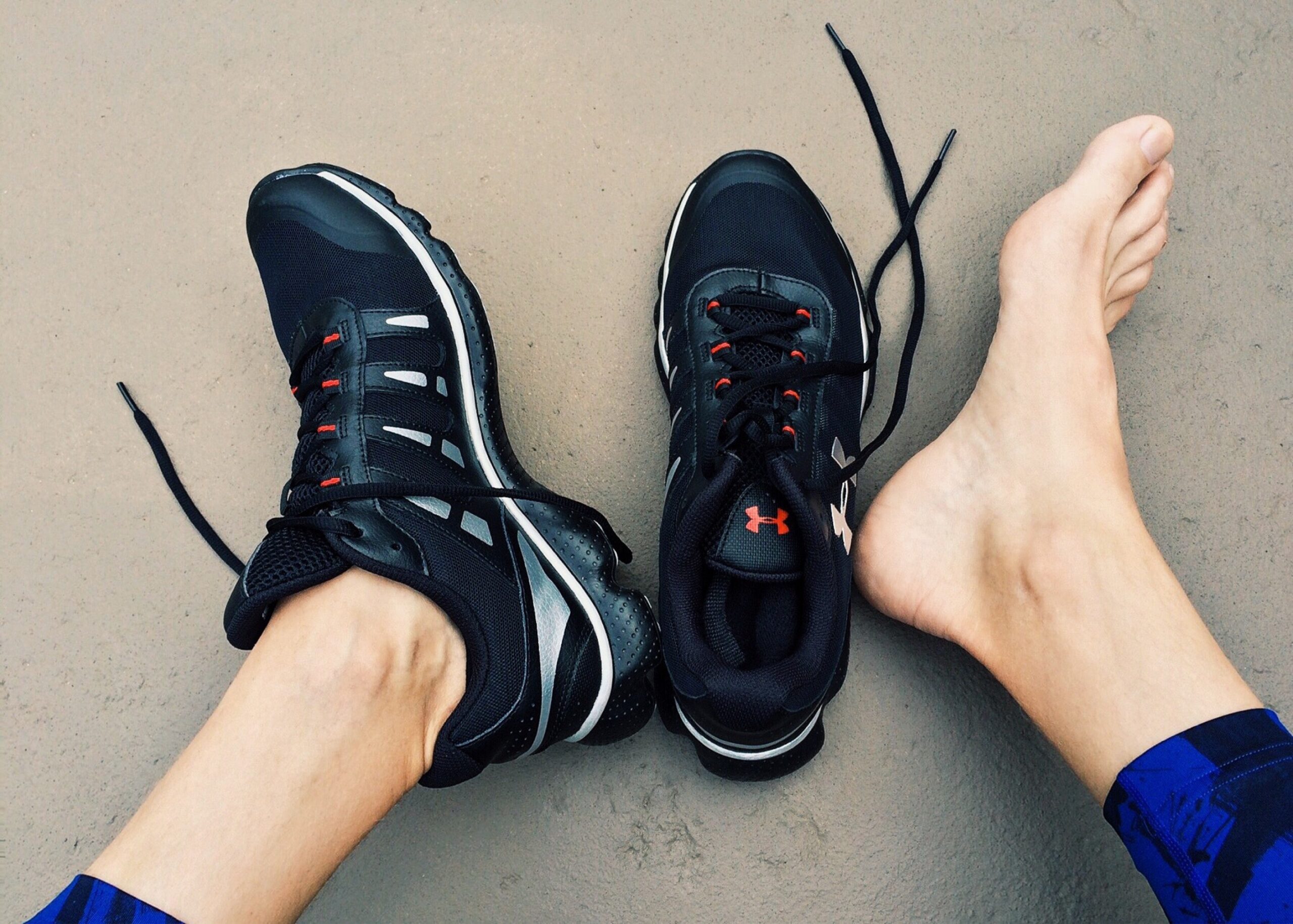If you have ever played sports, gone running/walking or ever taken a tumble, there is a good chance you have dealt with the ‘sprained ankle’.
Ankle sprains are extremely common and are almost seen as ‘routine’ in sport accounting to 15-30% of all sport injuries, especially those involving changes of direction.
Although it is a widespread sporting injury, it regularly occurs during every day activities.
Ankle sprains are often also associated with women in high-heeled shoes!
Unfortunately, these injuries are often not rehabilitated completely and can lead to all sorts of ongoing issues.
Ligaments help stabilise joints, preventing excessive movement.
Ankle sprains occur when the foot twists, rolls or turns beyond its normal motions.
It can happen when the foot is planted awkwardly, when the ground is uneven, or when an unusual amount of force is applied to the joint.
The ligaments surrounding the ankle can become severely over-stretched and damaged.
A damaged ligament causes inflammation, swelling, and bruising around the affected joint.
Most sprained ankles involve injuries to the ligaments on the outer side of the ankle.
Most commonly injured are the ligaments on the outside of the ankle, namely the specific band called the anterior talo-fibular ligament (ATFL).
This band of fibrous tissue limits plantarflexion (pointing the foot down) and inversion (turning the foot inwards).
Luckily, should it be damaged through an ankle sprain, it has a good capacity to heal and for scar tissue and there are other ligaments which still provide good stability.
Symptoms of the sprained ankle may include
- Inability to weight bear on the affected ankle
- Ankle pain, which can be mild to severe
- Decreased range of motion at the ankle joint
- Swelling and inflammation
- Bruising
- A popping sound during the injury
- Instability of the ankle (in severe sprains)
The severity of the ankle sprain is important to establish as this will indicate a time frame of when the injured person can return to sport or normal activity.
Based on the diagnosis the physiotherapist will establish a treatment and rehabilitation plan.
Treatment may comprise some of the following:
- Advice regarding RICE (rest, ice, compression, elevation)
- Soft tissue massage
- Joint mobilisation
- Electrical therapy
- Range of motion (ROM) exercises
- Strength training
- Gait training
- Balance/proprioceptive training
- Taping
- Activity modification advice
- Return to activity program
Without proper treatment for an ankle sprain there can be long-term negative effects such as chronic instability, decreased range of motion and pain.
Studies show that up to 80% of people who sprain an ankle will re-sprain it and this is normally due to inadequate rehabilitation.
Countless studies have shown that high level balance and proprioception (ability to sense and react to various positions) do not come back on their own.
In addition, following an ankle sprain many patients also lose ankle dorsiflexion and this can be a risk factor for yet another ankle sprain.
Dorsiflexion refers to pulling and foot upwards, or if standing, the movement of the tibia over the talus. Like squatting or lunging.
The relevant literature confirms what makes good clinical sense, this being that an interruption to any link in a chain affects areas above and below.
Sporting movements like running, jumping, landing and changing direction all require the legs to flex and bend, especially at the ankle.
Restriction to the ankle clearly alters the forces throughout the body and may lead other injuries.
Restoring normal ankle dorsiflexion following an ankle sprain can be achieved in a number of ways.
Firstly, the cause of the restriction must be determined
Seeing an experienced musculoskeletal therapist can assist in establishing whether there is soft tissue restriction or joint limitation.
Soft tissue stretching or release work will address the former, while joint manipulation and mobilisations will address the latter.
Reduced ankle dorsiflexion and proprioception are major risk factors for a myriad of other injuries.
These include:
- Plantar fasciitis
- Recurrent sprains, leading to chronic instability
- Compensation further up the ‘chain’, i.e. knee or hip problems
- Altered movements patterns
- Increased risk of acute knee injury, such as an ACL rupture
- Patellar tendon injury
- Patello-femoral pain syndrome
Restoring full movement and strength is a given, but close attention should be given to proprioceptive training and dorsiflexion range.
Lifecare Prahran Sports Medicine is close to suburbs including Malvern, South Yarra, Toorak, Armadale, St Kilda East, Caulfield, Richmond and Hawthorn, and has early and late appointments for all your sports medicine and physiotherapy needs.

